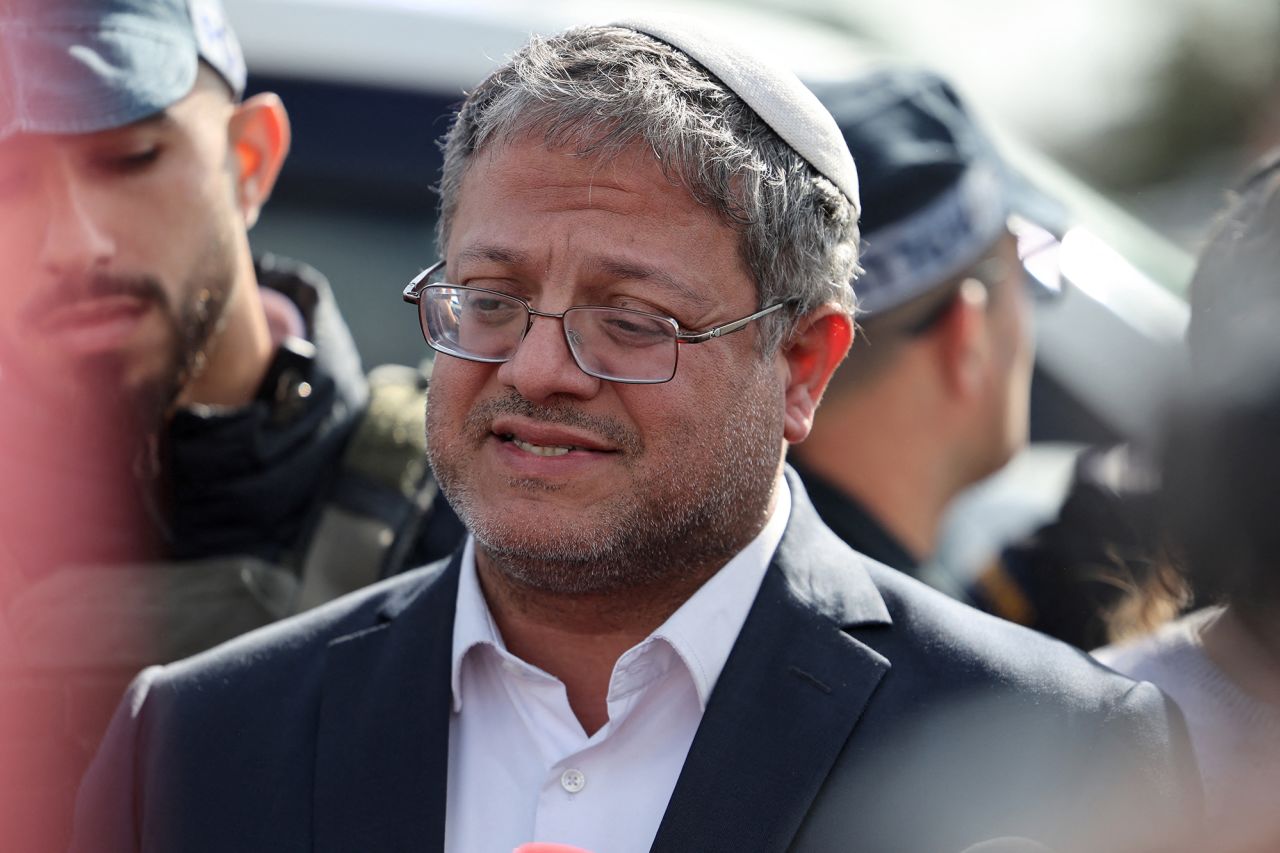An aerial attack on Iran on Friday came fresh on the heels of earlier tit-for-tat Iranian and Israeli strikes, a potentially dangerous escalation of the Middle East conflict as a decades-long shadow war between the two countries emerges into the open.
What the US says: Israel carried out the strike, a US official told CNN. The US was given advance notification Thursday of an Israeli strike in the coming days, but “didn’t green light” an Israeli response, another senior US official told CNN.
What Israel says: Israel has not claimed responsibility or commented.
What Iran says: Iranian officials and state-aligned media have so far sought to play down the incident.
Iranian air defenses intercepted three drones, a Tehran official said, after reports of explosions near an army base in the central province of Isfahan. There were no reports of a missile attack, he said.
A loud blast near Isfahan city was caused by “air defense firing at a suspicious object,” a senior Iranian military commander said, adding there was no “damage or incident,” according to the state-aligned Tasnim news agency.
All facilities around Isfahan were secure, including significant nuclear sites, Iranian media reported. The UN nuclear watchdog confirmed no Iranian nuclear sites were damaged.
Why is this happening now? The attack follows an unprecedented Iranian assault on Israel last weekend that Tehran said was retaliation for a deadly suspected Israeli airstrike on Iran’s consulate in Syria on April 1. The reprisals marked the first time the Islamic Republic had launched a direct assault on Israel from its soil.
In the wake of Iran’s retaliatory attack, countries including the US called for restraint from Israel to prevent escalation, as Israel’s war against the Palestinian militant group Hamas in Gaza has already stoked regional tensions.
What’s next? Hours before the first reports of explosions in Iran emerged Friday, Iranian Foreign Minister Hossein Amir-Abdollahian had warned that Tehran’s response to any further Israeli military action against it would be “immediate and at a maximum level.”
The details of a potential “maximum response” have been planned by Iran’s armed forces, he added.
Iranian media, however, appeared to downplay the severity of Friday’s attack, publishing footage and images of calm scenes in Isfahan and the northwestern city of Tabriz.
A regional intelligence source with knowledge of Iran’s potential reaction said Tehran was not expected to respond to the strikes — but did not give a reason.
Here are more details on what we know.






















